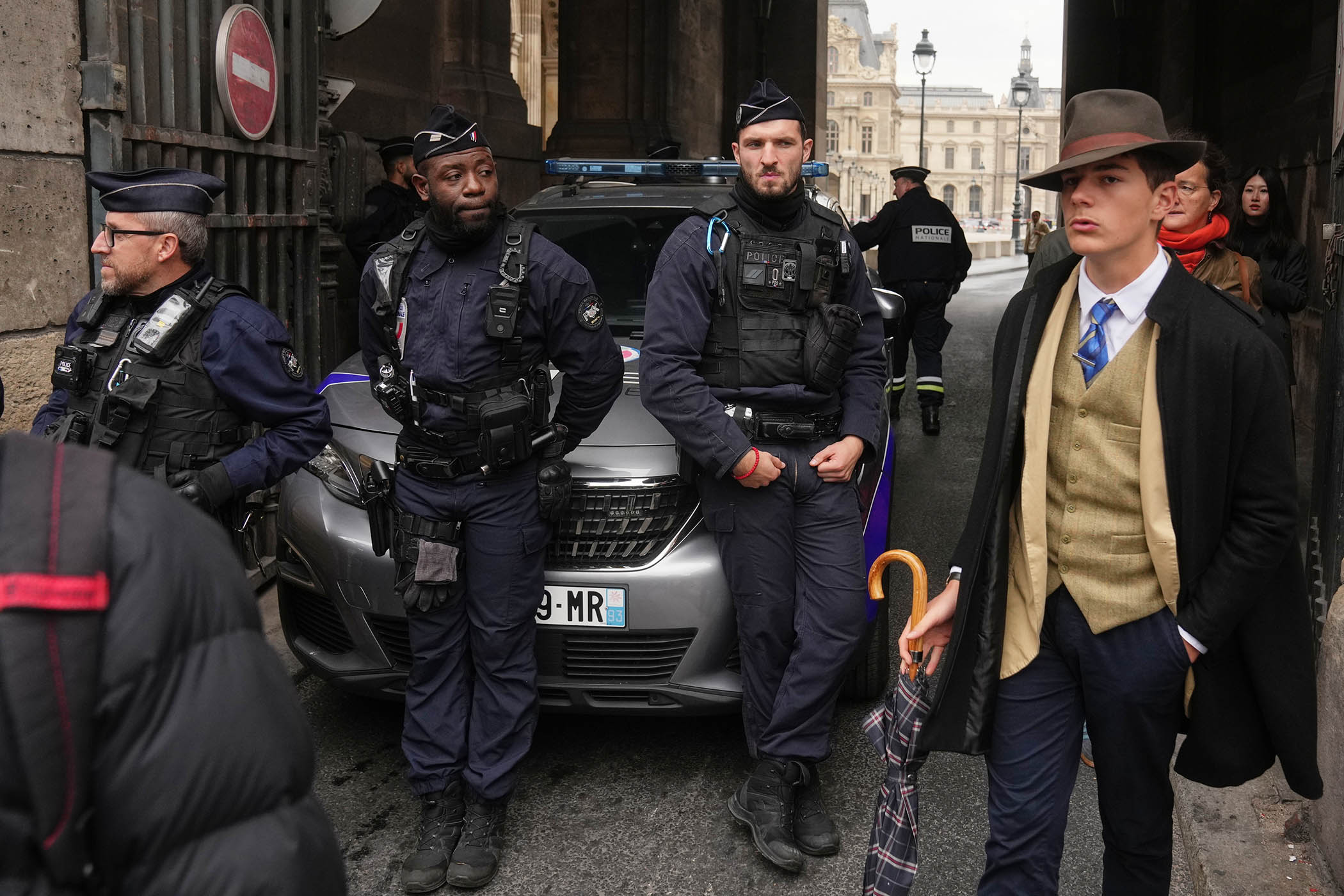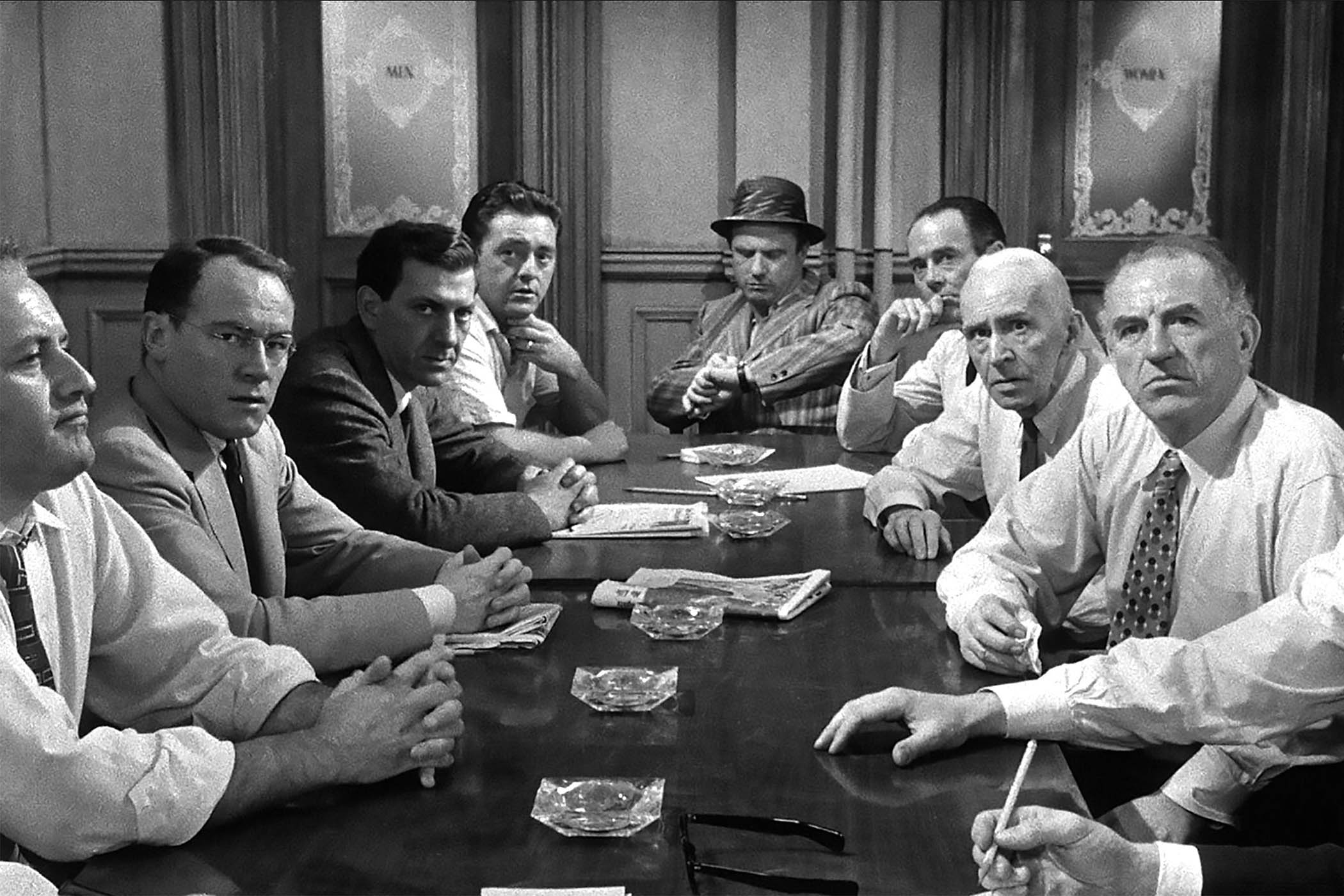While the politicians in Paris were wringing their hands, the gendarmerie were scratching their heads and the internet was exploding with memes and jokes at France’s expense, the loot from the Louvre heist was making its way across Europe.
Or that’s the informed best guess of authorities. Six days into the hunt for France’s stolen crown jewels, detectives are plotting the likeliest routes taken by the gems. The likelihood, according to art loss experts, is that the jewellery was taken by professionals with a plan, a retiring thief wanting to go out with a good story. It will have left the country at speed and is likely being held in a secure vault or safe in Eastern Europe, ready to play its part in underworld deals over the next decade.
Jewels estimated to be worth €88m in base material alone were snatched from the Louvre’s Apollo Gallery early last Sunday morning. Nine pieces, now familiar to most, were taken, including earrings, two tiaras and two brooches, one of which is a tasselled diamond bow. And from the moment the world first gasped at the audacity of the crime, one question has dominated: how can anyone sell gems this hot?
‘Nobody wants to buy stolen art but gems and precious metals can be recut and sold’
Arthur Brand, art loss expert
Nick Knights of Sentinel Security works with investigators who are familiar with this underworld arrondissement. His team believes the speed and bravado of the crime strongly suggest Eastern European organised crime. “The value of stolen fine art and priceless cultural artefacts cannot be thought of in the same way as standard consumer goods,” he said. “We ordinarily assign an item’s commercial worth if we can sell it in a system that advertises freely and provides receipts. However, organised crime groups operate a parallel market and have a somewhat different approach to deriving returns.”
Knights, along with others in a position to speculate, such as the Dutch art theft expert Arthur Brand and the Art Loss Register’s Julian Radcliffe, believe the jewels were stolen to order and will pass through several pairs of hands before they are seen again. “These items have significant value as collateral, for use in drug deals, or similar exchanges,” said Knights.
Related articles:
Two key myths can be dispelled. One is that these thieves were daft opportunists, with assets they cannot sell, after simply responding to lax security. After all, only a little over half the galleries in the targeted Louvre wing had security cameras. But the experts insist the thieves had a careful plan. The four thieves (two burglars and two accomplices), identified the first buyer long before the heist, they think. “These are professionals,” said Brand. “You don’t just think, let’s do a robbery and go straight for the Louvre. Many fine art thieves have switched to stealing jewellery because the price of gold has gone through the roof and also because nobody really wants to buy a piece of stolen art, whereas gems and precious metals can be re-cut and sold.”
Knights’ team believes the fact no “heavy ordnance” was used and no one was hurt also indicates experienced thieves. “We’re not dealing with petty criminals here, or 1950s train robbers,” he said. “It doesn’t mean the items are irrecoverable. They have great cultural value, so are not all worth breaking down. Brand is not wrong to say they may be re-cut, but, at this stage, it’s very likely they are intact. They had a buyer in place and something would have been paid down.” The lack of violence has allowed the incident to become a source of entertainment across the world – except, perhaps, in France.
While the thieves dropped a diamond crown on their way out, along with angle grinders, Brand says this is not evidence of a sloppy job: “Mistakes don’t make them amateurs. There are always mistakes. The police will already have their details in the system anyway, they just haven’t worked out who they are yet.”
The second myth is that a secret high-net worth collector is already gloating over his new baubles like a Bond villain. “Well, it’s a nice idea, but that’s Hollywood,” says Brand. “Never in all my years of following this – and I now know tens of retired thieves – has this happened. What’s funny, though, is that some thieves also have now picked up this idea. They think maybe there’s a billionaire out there, because they’ve also seen the films.” Brand says the gendarmes may even capitalise on this and pose as a super-rich collector.
Because the missing gems are uninsured, as objects owned by the French state, they are unlikely to be traded back to the Louvre for cash, said Radcliffe. And in any case, money might not be the right lure: “A lot of these gangs are very rich, so it’s not very easy to persuade them with an offer. Instead, you have to wait until there is a threat of jail to negotiate.”
Knights and Radcliffe both suspect some of the jewellery will be held intact as leverage or used as underworld collateral. “If you cut a diamond or a gem you’re losing a lot of material. You might end up with 15% of the original value,” said Radcliffe. “We do know from other cases they do not always break them up. They might be moved to sell on later somewhere in the black market, perhaps in China, Russia or some part of the Middle East.”
Joanna Hardy, the renowned British dealer and Antiques Roadshow specialist, wonders if the stones will be easily recognised by stone cutters, or “lapidarists”. “The thieves would need to go to different cutters for the diamonds and the gems,” she said. “Diamonds have the same colour all round, while gemstones are different depending on where you cut.” Hardy feels she “grew up” loving the Louvre jewels: “I even held the bow brooch when Sotheby’s sold it in 2001. Its diamond tassels had such a delicate movement. Why vandalise history in that way?”
But it is the “amazing” stolen pearls that have the most value, said Hardy. “You can’t cut a pearl, although it’s possible to skin it if there’s a flaw. There’s probably only about three people in the world who can do that, and maybe one in Paris. They were drilled from the top, so they would have to become pendants.”
For Hardy the true sorrow is the loss of historic artistry: “I was distraught when I heard about it. No, it was worse than that. It’s not the royalty or the money. It’s such a violation.”
Photograph by AP Photo/Thibault Camus



